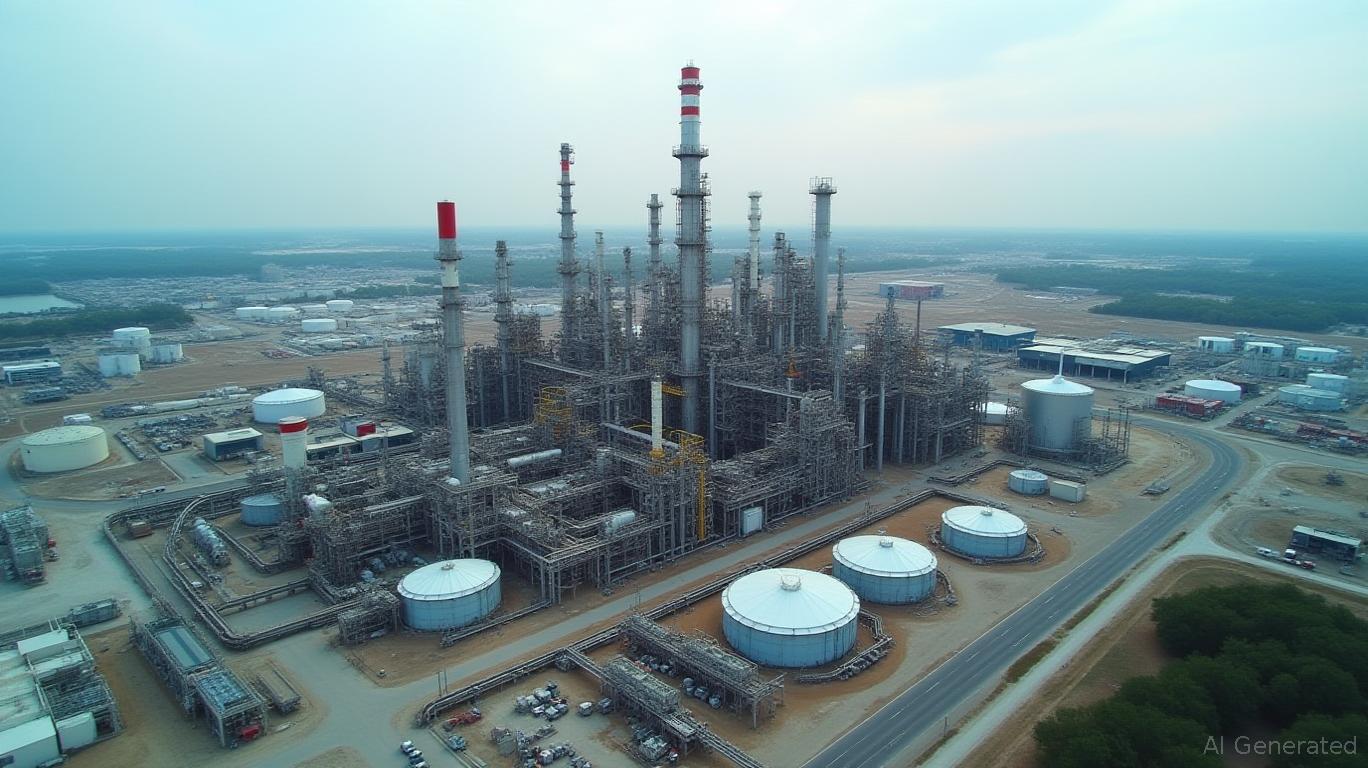WTI Oil Clings to Gains Amid OPEC+ Discord and Global Growth Concerns
The price of West Texas Intermediate (WTI) crude oil edged higher in late April 2025, trading near $63 per barrel despite mounting headwinds from oversupply and slowing economic growth. This resilience reflects a precarious balancing act between geopolitical risks, OPEC+ internal strife, and shifting trade dynamics.

Supply Overhang and OPEC+ Fractures
OPEC+’s ability to stabilize prices remains hampered by non-compliance. Kazakhstan’s record output of 1.8 million barrels per day (mb/d)—390 kb/d above its quota—has exacerbated oversupply. Meanwhile, Iraq and the UAE are also exceeding targets, with compensatory cuts unlikely to offset this excess. Saudi Arabia, seeking to retain market share, slashed Asian crude prices by $2.30/bbl in late March, signaling a potential price war against high-cost U.S. shale producers.
This overproduction has weakened OPEC+ cohesion. Kazakhstan’s fiscal breakeven price of $116/bbl—far above current levels—has forced it to prioritize revenue over production discipline. Analysts warn that such defections could trigger a broader collapse in compliance, further depressing prices.
Geopolitical Crosscurrents
Middle East alliances are reshaping supply dynamics. Iraq’s pipeline talks with Syria, along with Russia-Iran energy cooperation, threaten to disrupt regional flows and add non-OPEC+ barrels to global markets. Meanwhile, U.S.-China trade tensions persist. While tariff reprieves have temporarily stabilized prices, China’s LNG imports fell 20% year-over-year in April, ceding its top spot to Japan.
Taiwan’s pledge to boost U.S. oil imports by 30% to avoid tariffs highlights smaller economies’ adaptations to trade barriers. Yet these shifts pale against the broader drag of U.S.-China trade wars, which the IEA estimates could reduce 2025 global demand growth by 730 kb/d.
Economic Growth and Demand Weakness
The International Monetary Fund (IMF) lowered Saudi Arabia’s 2025 growth forecast to 2.1%, citing oil market volatility. In Asia, slowing demand—from China’s cooling LNG imports to India’s record-low OPEC crude purchases—has intensified concerns about a demand-driven price slump.
Market Sentiment and Technical Indicators
Investor anxiety, as measured by the VIX volatility index hitting a five-year high of 52.33 in early April, underscores uncertainty. Technical analysts note bearish Elliott wave projections, suggesting a potential drop to $52.80–$45/bbl if downward pressure intensifies. However, a breakout above $72.35 could push prices toward $80–$87/bbl, though this hinges on OPEC+ cohesion and trade de-escalation.
Conclusion
WTI’s modest gains in late April reflect a fragile equilibrium. On one hand, OPEC+ discord and weak global demand—particularly in Asia—loom as headwinds. On the other, geopolitical risks and the lingering threat of supply disruptions (e.g., Iran sanctions, Middle East pipeline projects) provide intermittent support.
The IEA’s 2025 average price forecast of $68/bbl—down $6 from prior estimates—underscores the dominance of oversupply and demand concerns. With OPEC+ compliance eroding and trade tensions unresolved, prices are likely to remain range-bound between $55–$65/bbl unless a major geopolitical shock or policy shift intervenes. Investors should monitor fiscal breakeven prices for OPEC+ members, U.S.-China trade negotiations, and Middle East infrastructure developments closely. In this volatile environment, patience and risk management will be critical to navigating oil markets.










